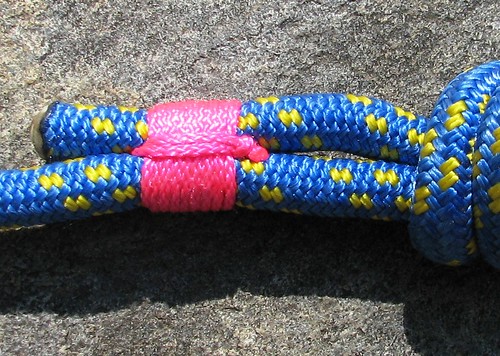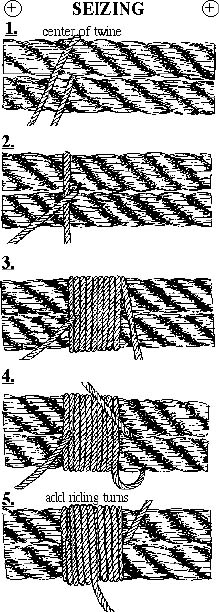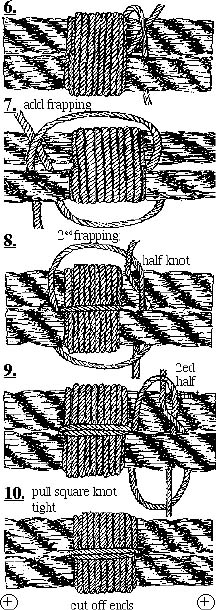SINGLE-JACK
ArboristSite Guru
That saddle looks brand new, is that your inspection saddle for when OSHA visits your site?
My saddles don't look like that more than a day or two. They get all sweaty and broke'n lookin'---
Nice set up, though
:chainsawguy:
Saddle is about a year old. I take really good care of it. I like it much better than the old styles and much better than the new styles. I've found most damage to a saddle happens when you're NOT wearing it. I store in a tote. When I take it out, it goes on. When it comes off, it goes in the tote. It only comes in contact with the tote, me and occasionally a tree.
The guy I bought it from told me:
"If you take care of it, it will last you the rest of your life. If you don't, it will last you the rest of your life."



























































